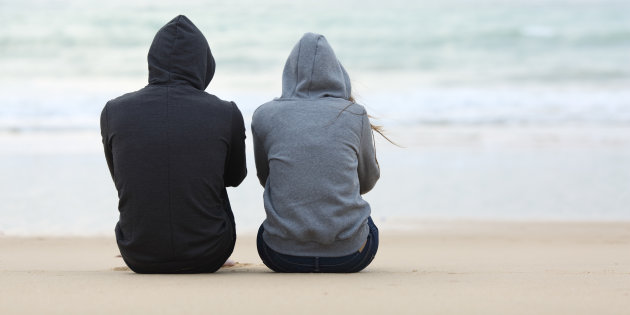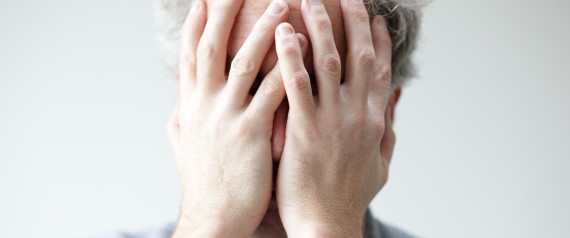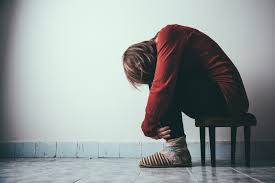As we continue to look at some of the whys suicide has been chosen, let’s consider the impact of cumulative stressors and trauma:
A darling Celtic client of mine had a great saying, “Life does life.” She was right. It does.
There are times when life throws us a major curveball and we are seriously rattled. We lose our footing, and our wherewithal is seriously diminished. If there are continuous stressors such as disasters, losses, medical conditions, and financial issues, a person who has been functioning well may begin to feel the onslaught, for it is akin to non-stop blows to the body.
Stress is cumulative, and non-stop stress allows no room to take a breath, to process, or assess. You are going from one thing to another. Before you know it, you are holding on by a thread. Life has become overwhelming. There seems to be no meaning and no point to it all. You are psychologically shattered. Then one more stressor knocks at your door, and you can’t imagine how you are going to keep going on like this. You have tried your best, but you are tired. You are worn out.
Think of the rash of “suicides by economic crises” in several European countries. Imagine the suddenly homeless, the ostracized and shunned, the failed crops, the medical emergencies, the bereft husband, and the bankrupt. They have endured much, and this accumulation of stress and being powerless can prompt suicidal feelings.
Be it an injury to the body, mind, soul, or an emotional shock that upends a life, trauma is pervasive in our world. Trauma can be a sudden death, combat service, childhood sexual abuse, a natural disaster, terrorism, catastrophic illness, and violence such as unrelenting bullying.
For some, that acute stress and shock of the experience(s) does not fade away or diminish; it becomes entrenched in an insidious way. The body-whacking, heart-thumping, mind-numbing, horrifying, excruciating, and unfathomable traumatic experience holds a person hostage in a complete mind-body-heart hell.
This chronic pattern of neurological and physical responses is called post-traumatic stress disorder (PTSD). This is particularly prevalent, and most understandable, among survivors of childhood sexual abuse, victims of bullying, and combat soldiers. They are at high risk for suicide given the horrors they have lived through, have been tormented by, and have survived.
Imagine the VA Hospital and a group of vets waiting to attend a PTSD treatment group. Their hands are shoved into their pockets. Very few are holding cups of coffee because their hands shake from the increased cortisol in their systems.
Imagine the student who has been bullied to such an extreme that he cannot focus on his classes. He sits in terror waiting for the next attack and wondering how he can protect himself.
Imagine a sexual abuse support group. The women share their difficulties sleeping due to nightmares replaying nightly. The terror and the body memories flood their systems frequently; sleep is anathema. Pain is a constant companion.
For those in the hell of PTSD, suicide can be seen as an option to end the recurring cycles of pain and horror. Sometimes, too much is just too much.








